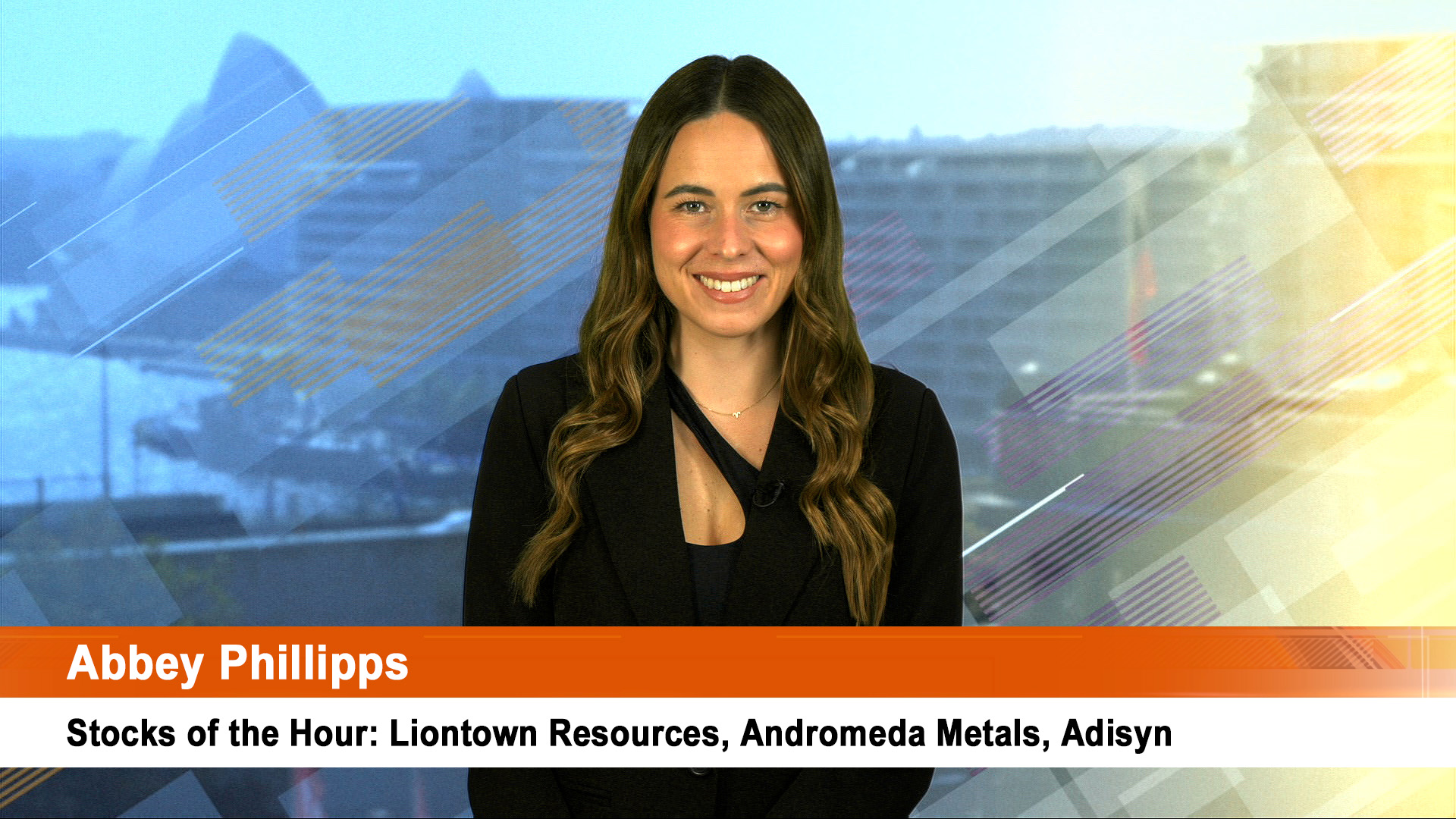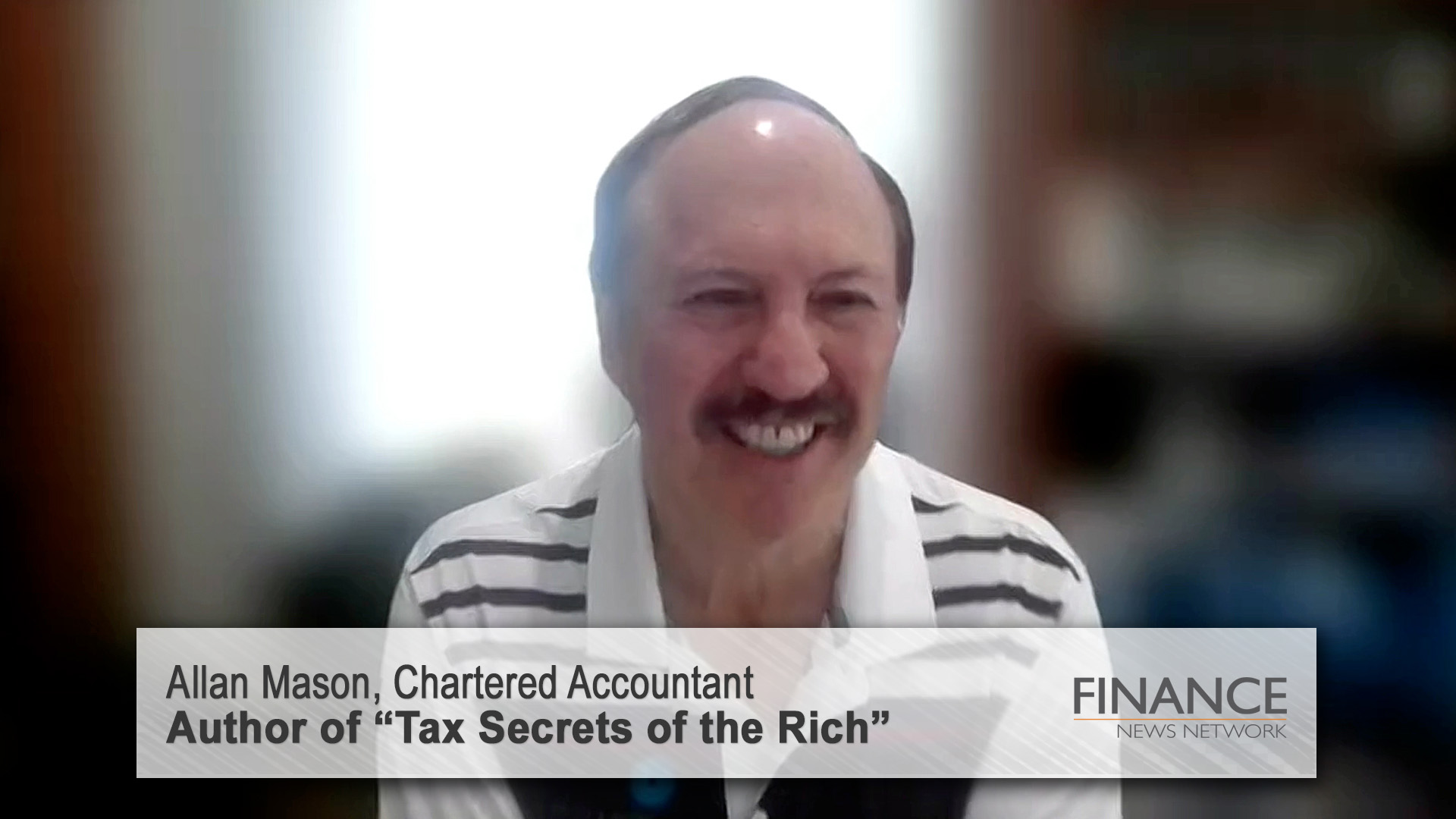Last Friday’s strong jobs report for February and the revisions to December and January (producing nearly 290,000 new jobs in total) saw the US Federal Reserve sit on its hands for another six weeks at least at its latest meeting overnight.
The news added to a surge on stockmarkets around the world that had gathered pace yesterday, reversing the caution of Monday and previous trading days.
US markets had their best day of 2012 so far.
Our market, after rising more than 1%, should have another good day today with the share price index showing solid gains overnight of 43 points.
The Dow topped 13,000 points before the post-meeting Fed statement was released and kept going to be up more than 1.6%.
The Standard & Poor’s 500 index jumped sharply before and after, as did the Nasdaq Composite which topped the 3,000 points market for the first time in more than 11 years, and kept going.
Markets in fact around the world were good predictors of the Fed’s non-decision: it was more relief that there would be no tightening of policy after the run of good jobs reports and other data.
The Fed maintained its scepticism about the current rebound in activity in the US economy but there were the odd hints that it is becoming a bit more confident.

The notable changes to the language included the recognition of the improvement in job creation, and the likelihood that oil and prices will lead to higher inflation, with a “temporarily” attached to the latter.
US retail sales for February were issued before the Fed’s statement was released and they were good, up more than 1% including cars, 0.9% excluding cars.
They provided the initial spark for the market which had taken their lead from rises of around 1% in Asia (1.1% in Australia), and 1% to more than 2% across Europe.
Gold fell under $US1,700 an ounce, closing down around $US1,682.
Oil added a few cents and remained above $US106 a barrel in New York.
Helping sentiment as well were dividend hikes for leading banks such as JP Morgan after they passed new stress tests from the Fed.
The dividend hikes mean the Fed is happy with their higher capital bases and liquidity levels.
JP Morgan also revealed a $US15 billion share buyback, while several other banks announced buybacks and higher payouts to shareholders.
But Citigroup failed the test and can’t lift dividend or buyback shares.
Despite that US bank shares surged in after hours trading and markets should start in the green today.
All in all a bullish day ended with the Nasdaq at an 11 year high (thanks mostly to the surge in Apple shares).
The Fed’s policy statement, released after the meeting, helped sentiment by not removing the easy money from ultra low rates and quantitative easings.
But it said US economic conditions have been expanding moderately, and that will become the key point for coming meetings: just how far will the Fed allow the economy to rebound before starting to tighten monetary policy.
The Fed noted that although the unemployment rate has declined notably, it remains high, which remains a major constraint to a start to a tightening of policy.
While the central bank is no longer worried about business fixed investment, the statement again described the housing sector as depressed.
The Fed noted that gas prices would push inflation higher in the short-term but that longer-term prices would remain subdued.
Although strains in global markets had eased, they continue to pose “significant downside risks” to the outlook, the statement said.
As expected, the Fed made no changes to its zero-interest rate policy in which it targets the Fed funds rate between 0% and 0.25% and said it anticipates keeping the low rates in place until late 2014.
"The Committee decided today to keep the target range for the federal funds rate at 0 to 1/4 percent and currently anticipates that economic conditions–including low rates of resource utilization and a subdued outlook for inflation over the medium run–are likely to warrant exceptionally low levels for the federal funds rate at least through late 2014,” said the post meeting statement issued after the meeting.
Most US economists discount any significant change and say it will probably be the two-day meeting on April 24 and 25 that sees changes, especially if March produces a flood of solid data, led by another big month for jobs.
Another key meeting could be the one timed for June, right before the Fed’s existing $US400 billion program, called Operation Twist, ends. No move to replace it will be a statement in itself.
(Operation Twist has seen the Fed replacing shorter-term Treasury notes and bonds in its balance sheet with longer-term debt.)













